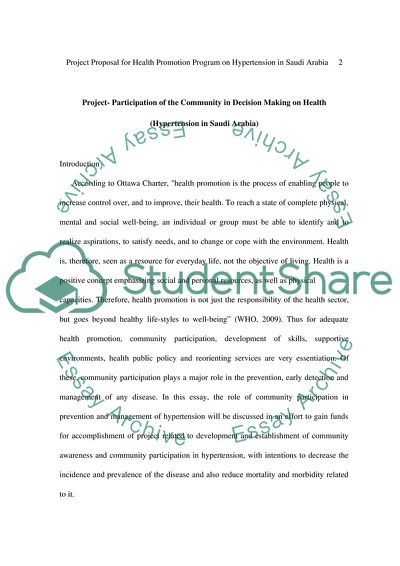Cite this document
(Health Promotion Program on Hypertension in Saudi Arabia Research Proposal, n.d.)
Health Promotion Program on Hypertension in Saudi Arabia Research Proposal. Retrieved from https://studentshare.org/health-sciences-medicine/1567564-project-proposal-hypertension-in-saudi-arabia
Health Promotion Program on Hypertension in Saudi Arabia Research Proposal. Retrieved from https://studentshare.org/health-sciences-medicine/1567564-project-proposal-hypertension-in-saudi-arabia
(Health Promotion Program on Hypertension in Saudi Arabia Research Proposal)
Health Promotion Program on Hypertension in Saudi Arabia Research Proposal. https://studentshare.org/health-sciences-medicine/1567564-project-proposal-hypertension-in-saudi-arabia.
Health Promotion Program on Hypertension in Saudi Arabia Research Proposal. https://studentshare.org/health-sciences-medicine/1567564-project-proposal-hypertension-in-saudi-arabia.
“Health Promotion Program on Hypertension in Saudi Arabia Research Proposal”, n.d. https://studentshare.org/health-sciences-medicine/1567564-project-proposal-hypertension-in-saudi-arabia.


